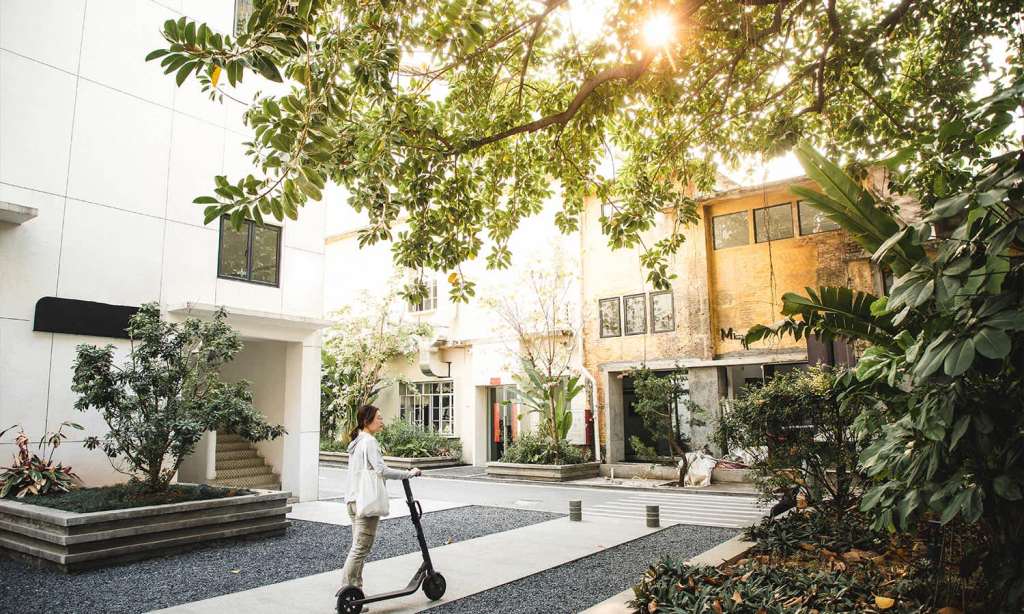In the last 100 years, we’ve built more housing than we have in the past 6,000. Between now and 2050, it is estimated that Asia will require up to 1.5 billion additional housing spaces and by 2100, 75% of all populations on the planet will live in a ‘mega city’.
The question of how we maintain our connection to nature and the key systems that make our planet function, will be the next major phase of climate research.
When we talk about mega cities, we mean places predominantly made up of high-rises, catering to massive populations and with high levels of urbanisation. In Asia, scientists are working with city planners to discover ways to bring nature into those densely populated environments. This is not just for the mental and physical health benefits that proximity to nature brings. It will also build resilience to climate change, sea level rise, and coastal hazards like typhoons and tsunamis.
Building these cities is going to be a mammoth task, and we need to be mindful of the materials we choose to make them out. River sand, used for making cement, is largely mined from large delta river systems, but doing so damages eco-systems and the food security of local communities who live along these major rivers. We need to start implementing checks and balances for future projects and track the materials used to ensure they come from sustainable sources.
We also need to consider location. Over the last few hundred years, we’ve tended to build a lot of cities in beautiful locations, right by the beach or on the water. With the climate changing, the impact of sea-level rise on coastal habitats will become more pressing. Strategic planning, using scientific analysis and data is critical when considering where we build mega cities, as well as the geological aspects of what sits under the ground.
Future cities will develop more substrata designs, with walkways, cars, connecting highways, underground transport, and other major infrastructure to enable maximum active green spaces on the surface. The location of future mega cities will need to determine both their ground structure and their risk to flooding, storm surge and sea level rise.
For the past month, I have been at the Earth Observatory of Singapore, working on my next project; a four-part series about the future of cities and rapid urbanisation in a changing world.
In each episode, I explore what our future is going to look like through the lens of scientists, engineers, architects, urban planners and landscape designers. I look at how we are going to best live and maintain our connection to nature and all of the really important elements that make up this one planet we live on.
Below is a glimpse of what we hope to see in future cities; nature integrated with built-up environments as the climate system shifts. Designing with nature will enhance cities, increase resilience and improve the health and wellbeing of those who live there.






Read more stories from The Latch and subscribe to our email newsletter.







